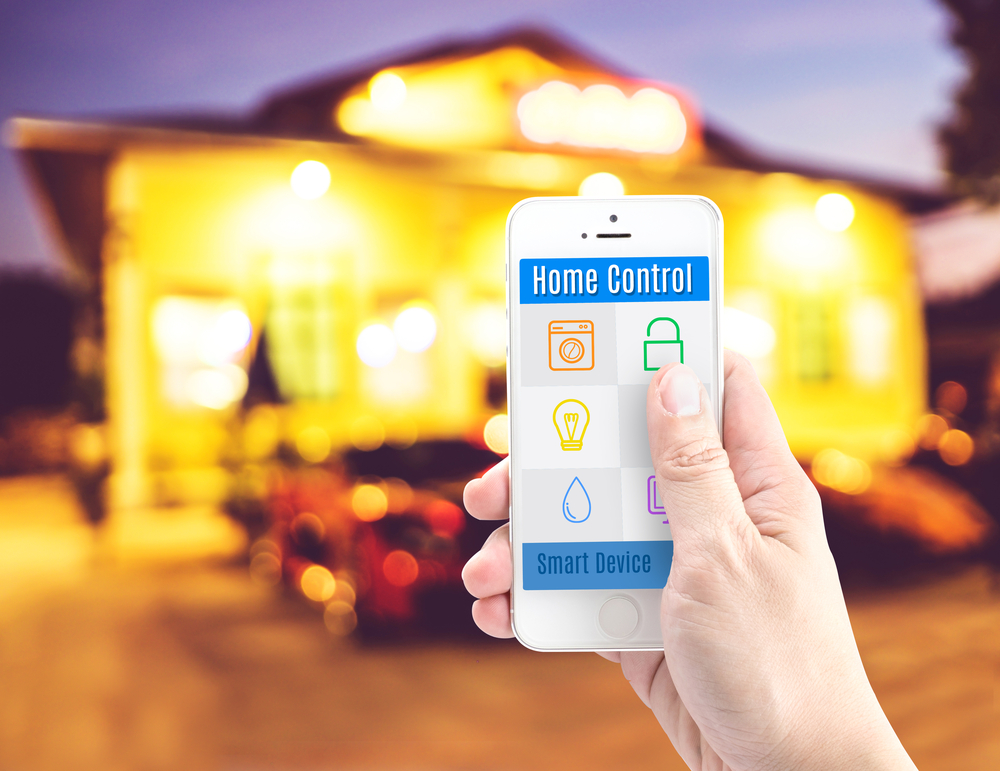By now we’re all accustomed with the concept of the smart home. We’re already seeing the start of this new phenomenon with products such as Nest gaining real traction in the consumer world. With spending on these connected gadgets set to hit £65 billion by 2020, how different are our homes set to become?
You may already have an element of the IoT technology in your own home. But this isn’t the ‘Smart Home’ as we’ll come to know it. In fact, it just skims the surface of the huge potential of the Internet of Things (IoT) in our homes.
Truly intelligent homes are coming, and they will transform our daily lives. Industry experts are predicting that the typical home could contain more than 500 smart devices by 2022.
With so many devices set to make their way into our homes, forget thinking about smart devices in isolation. Yes, on their own a smart plug or smart meter can be time or energy saving. But in the future you will get a lot more from smart devices by connecting them together (wirelessly) to communicate and share all the information generated.
> See also: How the UK will lead the world at smart cities
The future Smart Home is a learning ecosystem that will get insight from your wearable devices and the smart sensors in your property. This insight will reveal patterns of behaviour and different family members’ movements. The super smart part comes when your home uses this knowledge to inform and establish triggers between devices within the ecosystem. Daily life will be transformed in a whole new way.
So, for example, just imagine your car receiving instructions from your home to heat up on a cold weekday morning – it will recognise you’re walking to the garage from a motion sensor or GPS on your smart watch… Or consider that the fridge will prepare a cold drink, whilst the thermostat gets the hot water ready for a shower, when you share an alert travelling home from the gym… Now this is where your home will reach a whole new level of intelligence and become truly life altering day-to-day.
You could think of this as the future 'Mensa home.’ It is set to make our hectic lives much easier, regardless of where we are.
This seamless and worry-free experience in our homes is the undoubted benefit, but it does come with challenges too. With at least 500 connected devices set to be present in the average home of the future, how on earth will we keep track of them? It’s no wonder that together, your Smart Home ecosystem will generate a sea of data on a scale never seen before. How and where will all that data be processed? Your home alone certainly won’t be able to process it all.
What’s clear is that data is fast becoming the new household utility, but it needs cleaning up. Outside help will be needed to do that. All the data generated by the software behind the smart devices in your home will need to sit and be processed somewhere – something that a data centre can do for you.
> See also: Competition for the Internet of Things home gateway hots up – Gartner
Highly sophisticated and connected data centres are evolving around the world to cope with the increased data demand from new technologies like the IoT. The idea of the smart home is exciting, but it won’t be useful to consumers without the support of a ‘digital data centre’.
It’s when we can extract data from all of these different devices and manage it in the appropriate manner that people can really change the way that they live their lives.
Sourced from Ricky Cooper, VP EMEA and APAC, Digital Realty







